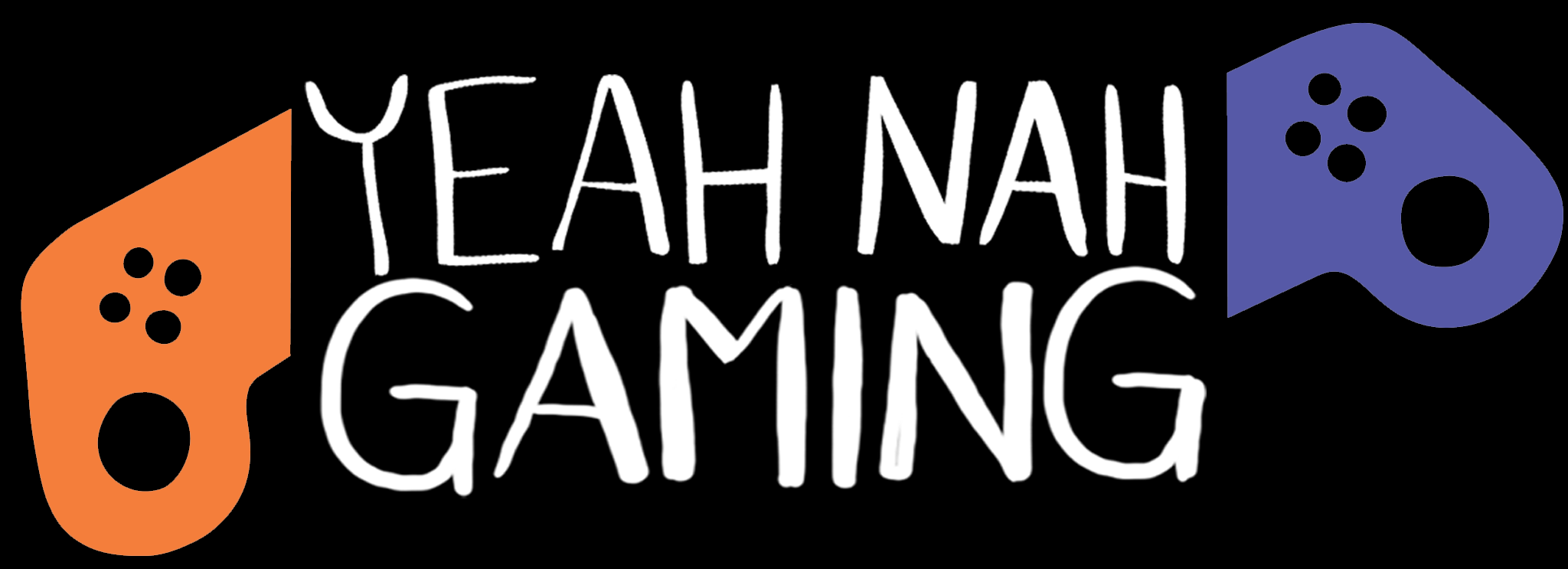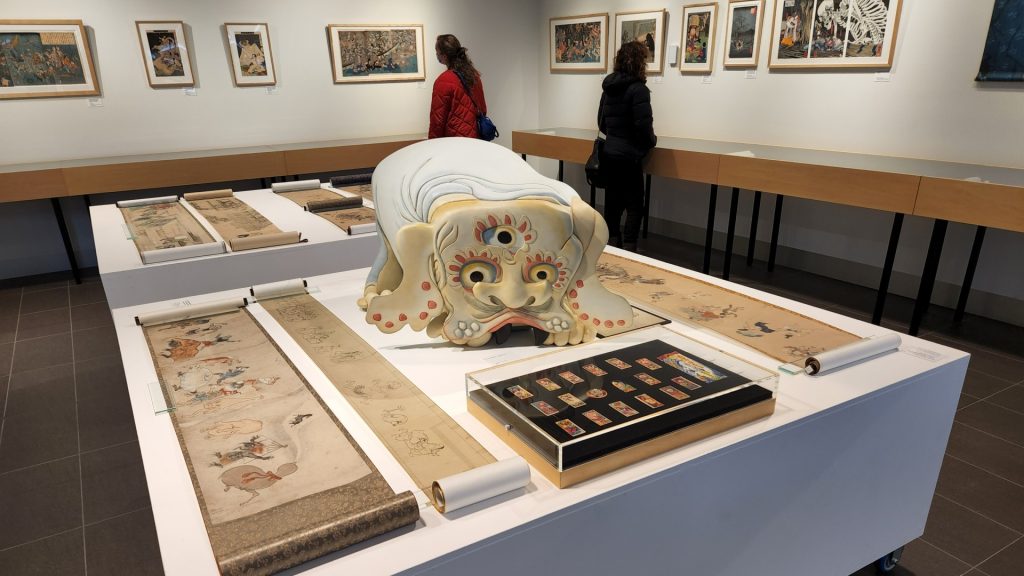It might be a little hyperbolic to call Yokai Parade: Supernatural Monsters from Japan a once-in-a-lifetime opportunity, but it comes close. This exhibition might be the next-best thing to visiting the prestigious Japan Yokai Museum in Miyoshi, Tokushima—and without so much as an entry fee, let alone a flight ticket.
Indeed, Yokai Parade is the result of a close collaboration between the Japan Foundation, that museum, and its founder, Yumoto Kōichi. Yumoto is one of Japan’s foremost yokai researchers and collectors, having spent decades amassing a 5,000 piece collection before donating them to the city of Miyoshi and opening the museum in 2019. It’s from that collection that Yokai Parade comes, curated by Yumoto himself. Most of what’s on display here are replicas—understandably, given the pricelessness of some of the pieces featured and the travelling nature of the exhibition—but replicas created in concert with the museum, with a focus on fine craftsmanship and authenticity. And while I’m far from expert enough to be able to comment on just how accurate these replicas are, they certainly look the part, beautifully framed and displayed in a way that lets you get up close to appreciate the little details.

Yokai Parade isn’t simply about showing off famous yokai art, though that’s certainly part of the appeal. Rather, it’s an exhibition set up to explore the place of yokai as a cultural phenomenon, from those early folk tales to something that’s firmly embedded in Japanese culture. To that end, it’s laid out in a way that takes you on that journey, from classical renditions of folk tales on picture scrolls, to the proliferation of yokai in popular art in the Edo period thanks to the advent of woodblock printing, and through to the modern day. It’s not just an exhibition of paintings and prints, but of books, sugoroku board games, menko cards, trinkets like the Obake fireworks pack, ’50s movie posters, and more.
And so, while there’s definitely a supernatural, ghostly theme running throughout, the exhibition isn’t all creepy stuff—indeed, demonstrating the playful, cute, loveable sides of yokai, and how those depictions arose, is one of Yumoto’s stated goals with this display. So, while there are some awe-inspiring and grotesque monsters on display, so too are there adorable cat yokai, cute creatures like the amibie, and more comical interpretations used for children’s games. There is, perhaps, a missed opportunity to take that all the way to your pervasive yokai are in contemporary global pop culture—think Yokai Watch, much of Studio Ghibli’ s work, the Ring and Ju-on films and their adaptations—but that probably has more to do with what’s actually in the Yokai Museum’s collection. And while that would be a nice epilogue to include, even without it, Yokai Parade is a wonderful, enlightening glimpse into yokai culture.
By extension of that theme, there’s a nice mix of well-known and more obscure pieces. In the Ruined Palace at Soma, Hokusai’s One Hundred Ghost Stories prints, and various interpretations of the Night Parade of the Hundred Demons are iconic, and being able to see even replicas of them in real life is a treat. But unless you’re deeply embedded in the world of yokai—and probably even then—you’ll likely see at least a couple of pieces here you’ve never encountered before. Personally, the exhibition was my introduction to Shinnō and the Vanquishing of the Yokai on the Mythical Island of Demons—a picture scroll parody of Momotaro from the Edo period, in which the heroes vanquish the demons by farting on them—for which my juvenile sense of humor is extremely grateful.

For anyone with even the slightest interest in yokai, this will all be very exciting indeed—for us, Yokai Parade is a must-see exhibition. But its worth goes far beyond just those with a pre-existing fascination: as a form of cultural exchange and an introduction to such a significant aspect of Japanese history, Yokai Parade offers a brilliant opportunity. It’s a fun, easy way to get a sense of what yokai are all about, with ample opportunity to dig deeper (thanks to the detailed exhibition programme) once that interest is piqued. And while it’d be worth paying money for, the fact that it’s free means you lose nothing by dropping in to check it out.
So whether you’re a yokai fanatic or someone who’s never so much as heard the word, Yokai Parade is a rare, special treat.

